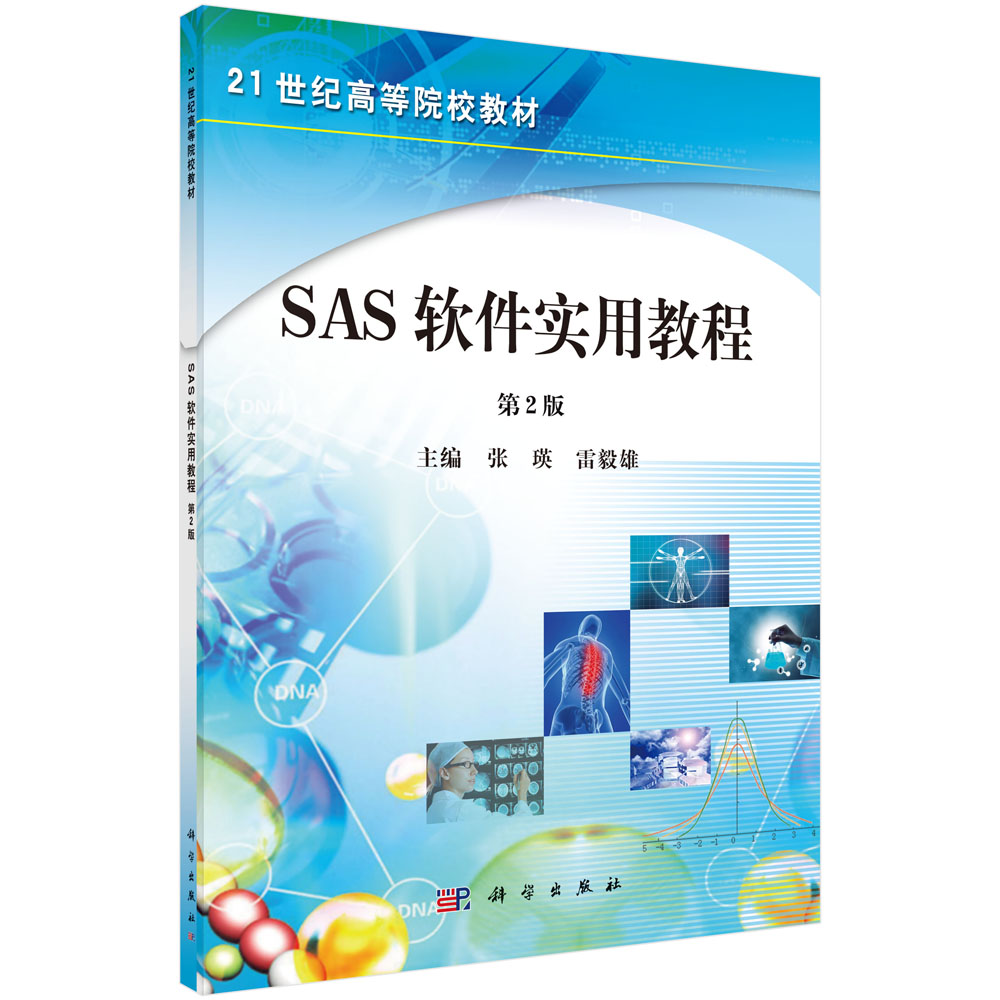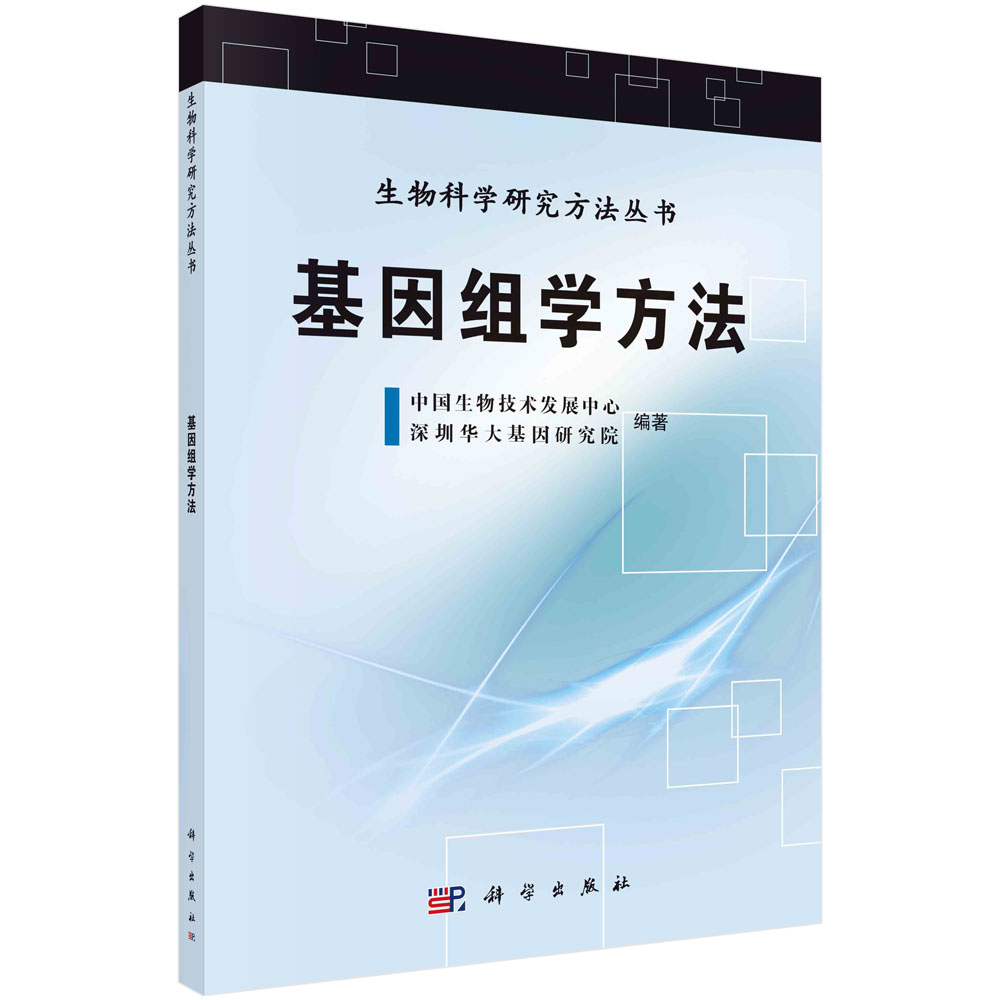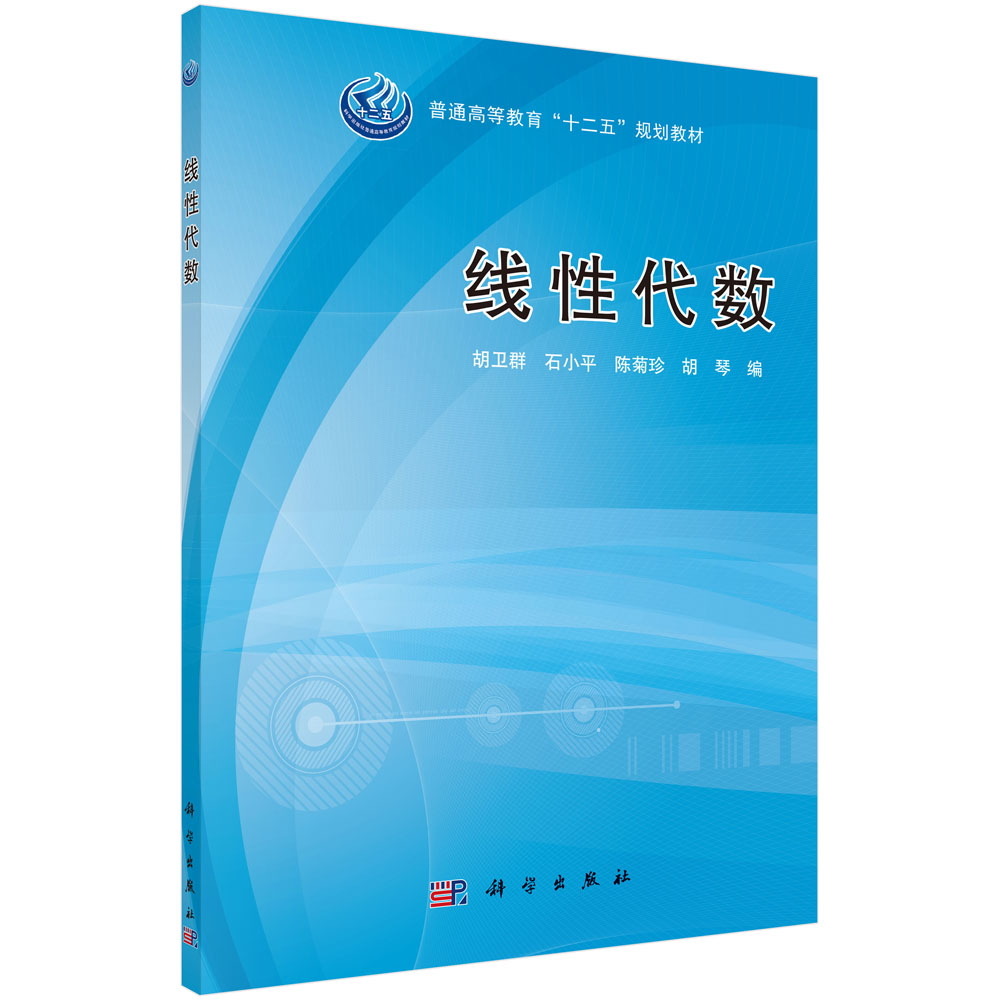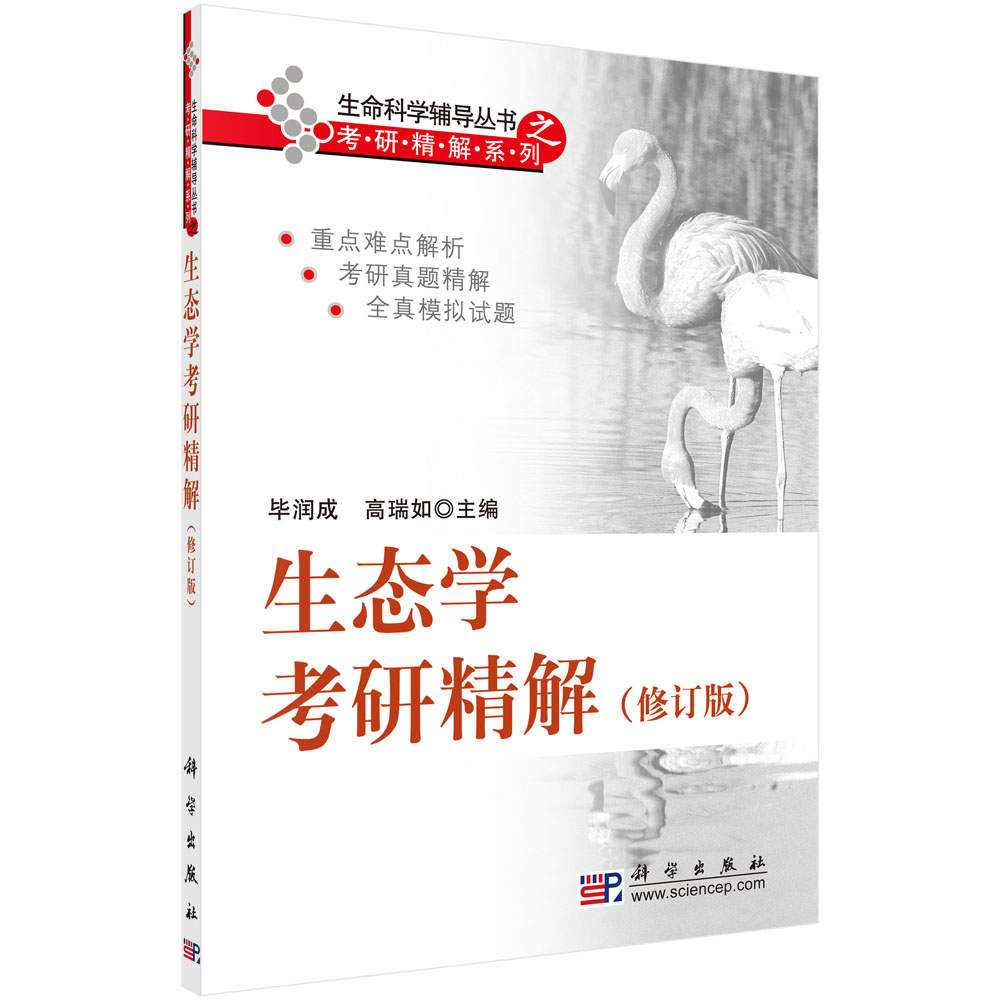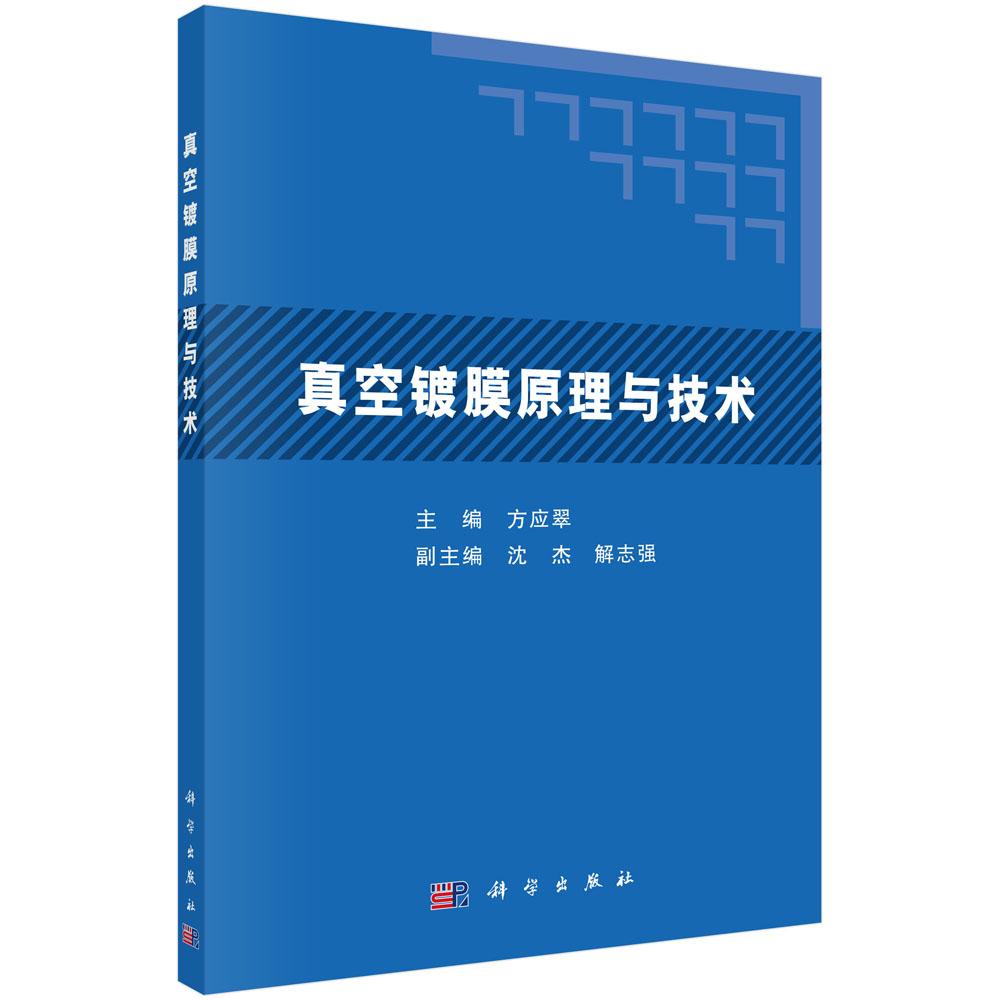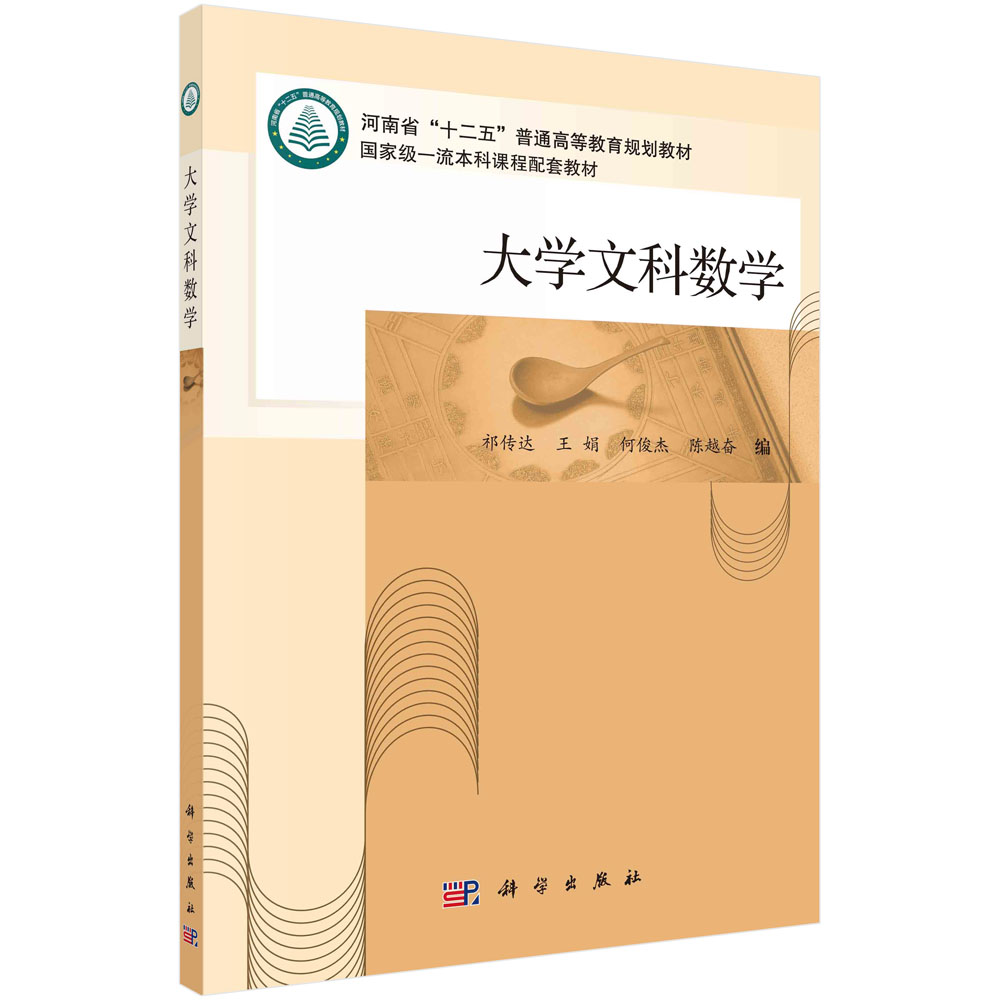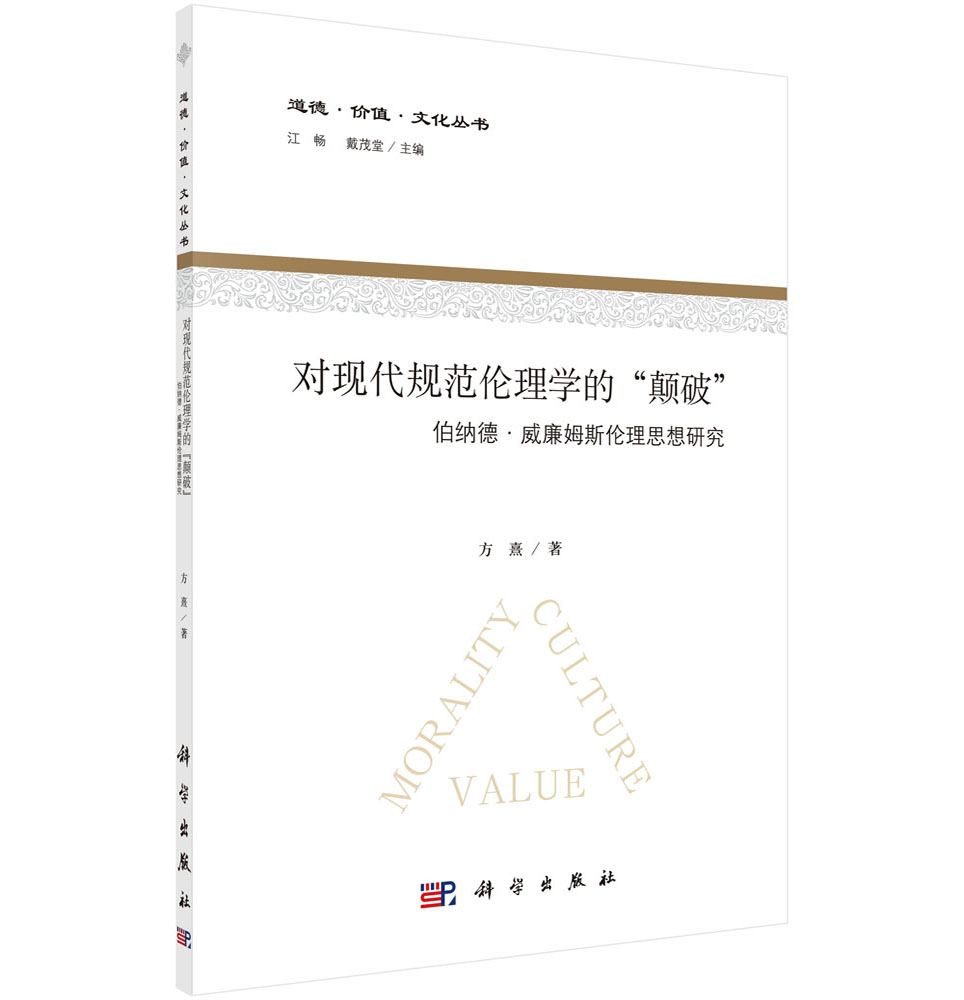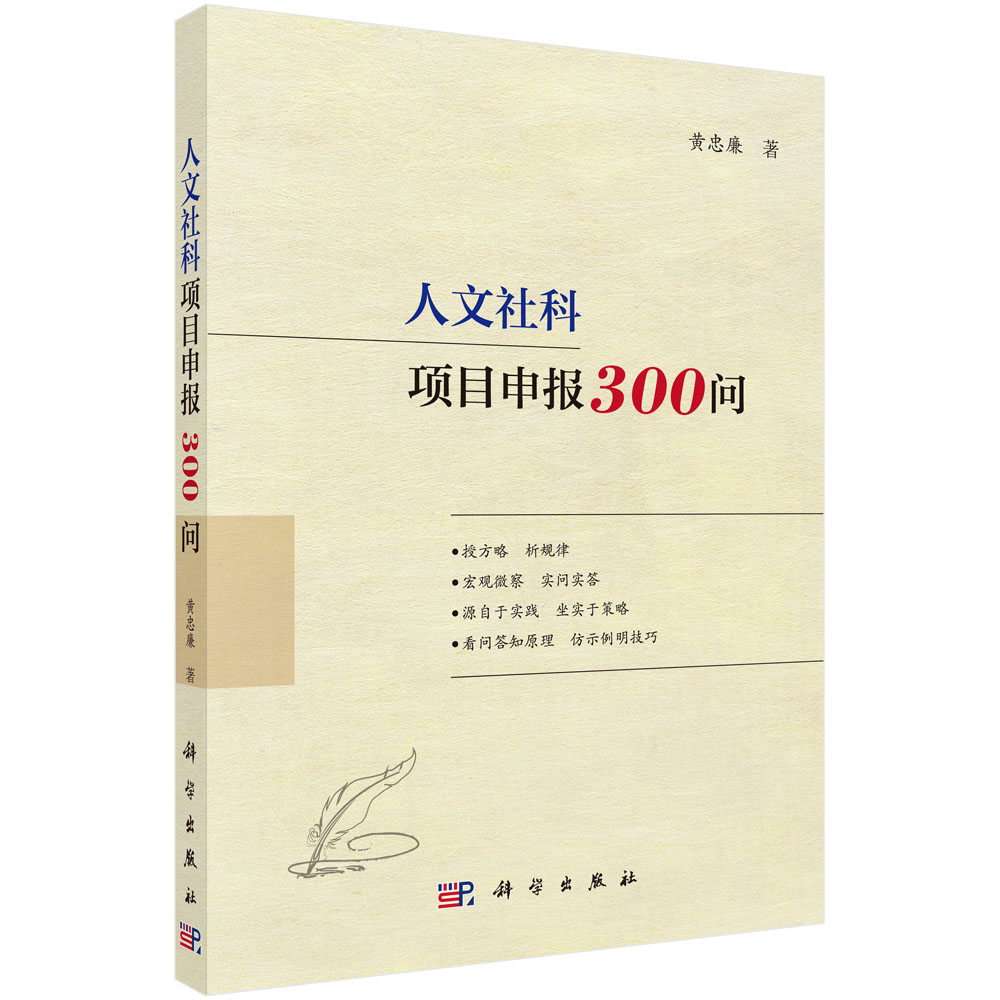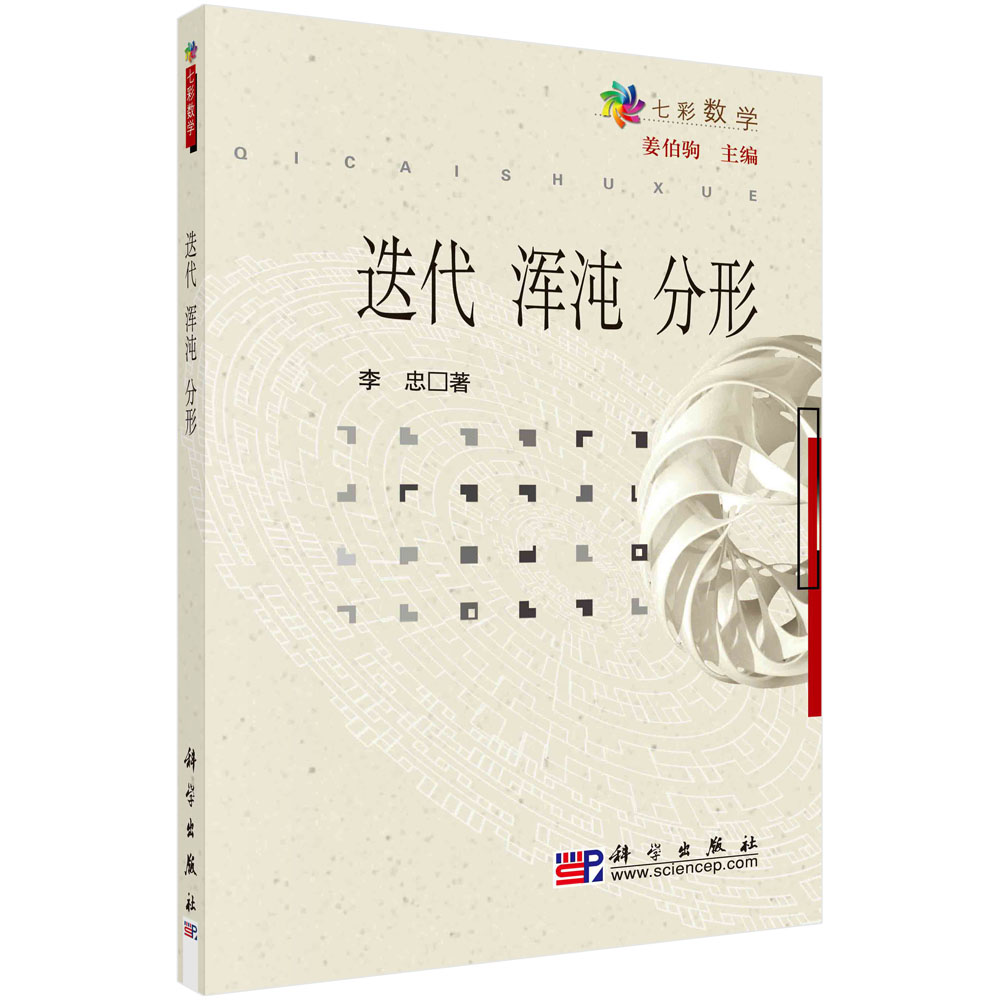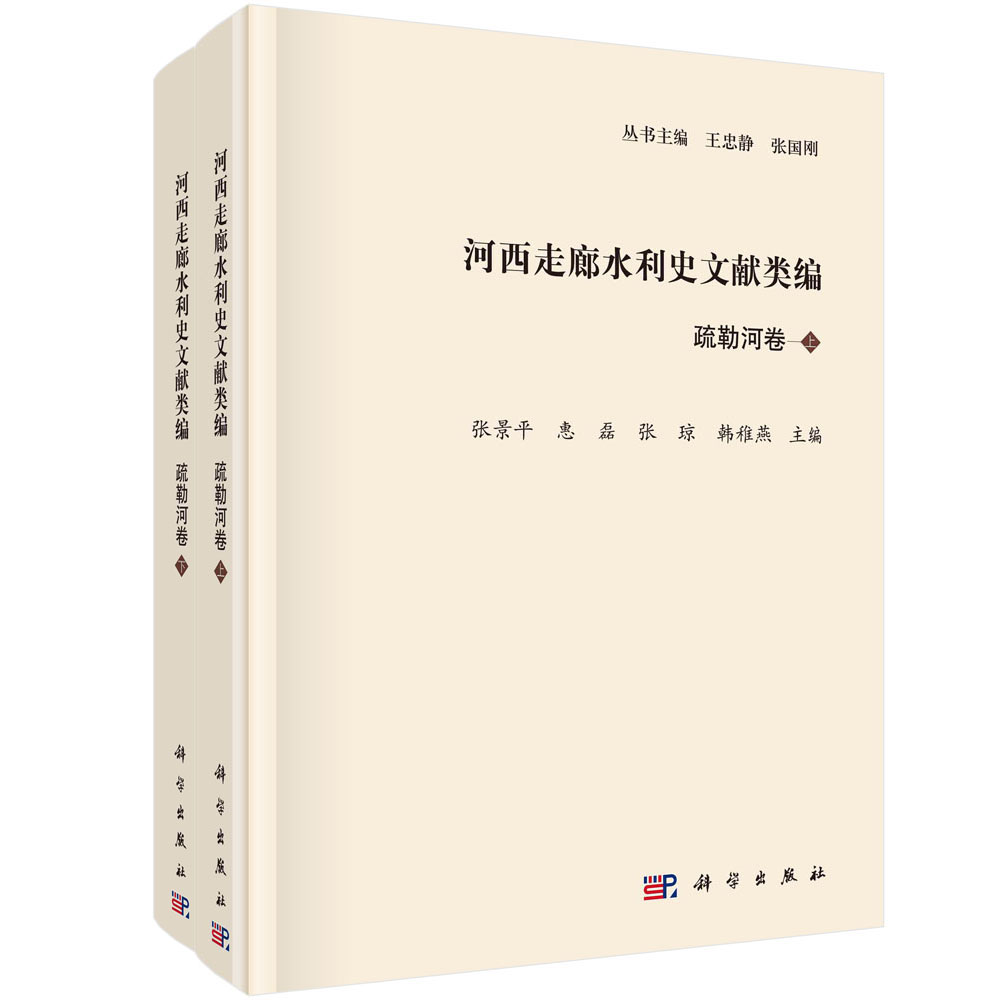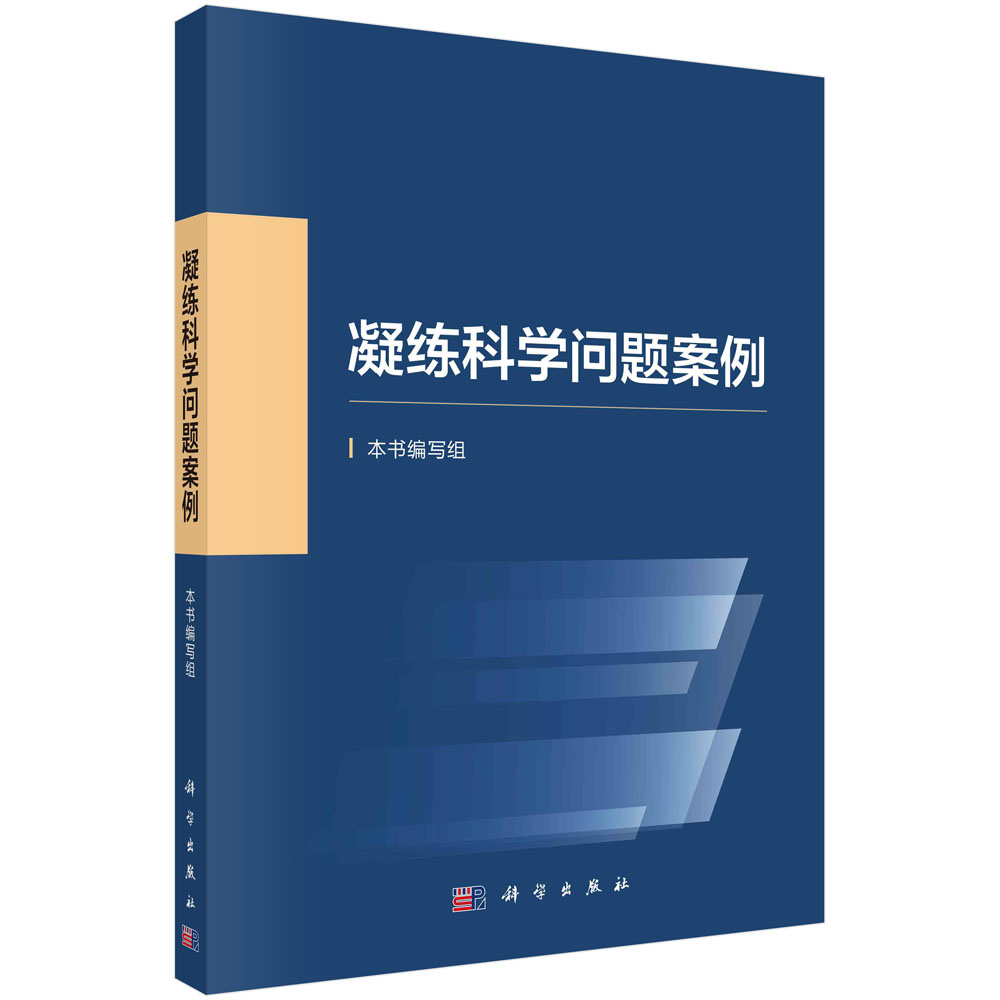本书是雷晓燕教授带领的课题组十余年来关于高速铁路轨道动力学研究成果的系统总结。研究内容属现代铁路轨道动力学理论中的前沿问题,涉及高速列车轨道耦合系统动力学理论、模型、算法及工程应用。全书共十六章,包括轨道动力学分析内容及相关标准、轨道结构动力分析的解析法、轨道结构动力分析的傅里叶变换法、高架轨道结构振动特性分析、轨道不平顺功率谱及数值模拟、车辆轨道耦合系统竖向动力分析模型、车辆轨道耦合系统动力分析的交叉迭代算法、动轮单元模型及算法、轨道单元和车辆单元模型及算法、车辆轨道耦合系统动力分析的移动单元法、车辆轨道路基大地耦合系统竖向动力分析模型、列车有砟轨道路基耦合系统动力特性分析、列车板式轨道路基耦合系统动力特性分析、有砟无砟轨道过渡段动力特性分析、基于谱单元法的轨道结构中高频振动特性分析,以及预测高架轨道引起大地振动的半解析预测方法。
样章试读
目录
- 目录
序
前言
第一章 轨道动力学分析内容及相关标准 1
1.1 轨道动力学模型与方法研究回顾 1
1.2 轨道动力学分析内容 4
1.3 安全性平稳性限值 5
1.3.1 普通列车安全性限值 5
1.3.2 普通列车平稳性限值 7
1.3.3 提速列车安全性及平稳性限值 8
1.4 高速铁路轨道维修管理标准 9
1.4.1 法国高速铁路轨道维修管理标准 10
1.4.2 日本新干线高速铁路轨道维修管理标准 10
1.4.3 德国高速铁路轨道维修管理标准 11
1.4.4 英国高速铁路轨道维修管理标准 12
1.4.5 韩国高速铁路轨道几何状态检测标准 13
1.4.6 中国高速铁路轨道不平顺维修管理标准 14
1.4.7 欧洲高速列车-轨道耦合系统主频范围和敏感波长 15
1.5 铁路环境噪声标准 15
1.5.1 噪声评价指标 15
1.5.2 中国铁路噪声标准 16
1.5.3 国外铁路噪声标准 17
1.6 铁路环境振动标准 18
1.6.1 振动参量及评价指标 18
1.6.2 城市区域环境振动标准 21
1.6.3 城市轨道交通引起建筑物振动与二次辐射噪声标准 22
1.7 古建筑结构容许振动标准 23
参考文献 27
第二章 轨道结构动力分析的解析法 32
2.1 高速列车诱发地面波与轨道强振动研究 32
2.1.1 轨道结构连续弹性基础梁模型 32
2.1.2 轨道等效刚度与轨道基础弹性模量的关系 34
2.1.3 轨道临界速度 34
2.1.4 轨道强振动分析 35
2.2 轨道刚度突变对轨道振动的影响 37
2.2.1 移动荷载作用下考虑轨道表面不平顺和刚度突变的轨道振动模型 38
2.2.2 轨道不平顺和轨道刚度突变对轨道振动的影响 40
2.2.3 轨道过渡段刚度设计及平缓措施 44
参考文献 45
第三章 轨道结构动力分析的傅里叶变换法 47
3.1 轨道结构连续弹性单层梁模型 47
3.1.1 傅里叶变换 48
3.1.2 快速离散傅里叶逆变换 49
3.1.3 Matlab中的离散傅里叶逆变换定义 49
3.2 轨道结构连续弹性双层梁模型 50
3.3 高速铁路轨道振动与轨道临界速度分析 52
3.3.1 单层梁模型分析 52
3.3.2 双层梁模型分析 55
3.4 客货混运铁路轨道结构振动分析 61
3.4.1 轨道结构连续弹性三层梁模型 61
3.4.2 轨道随机不平顺的数值模拟 62
3.4.3 求解轨道结构连续弹性三层梁模型的傅里叶变换法 62
3.4.4 客货混运铁路轨道结构振动分析 64
3.5 软土地基沥青基础有砟轨道结构振动分析 66
3.5.1 轨道结构连续弹性四层梁模型 67
3.5.2 求解轨道结构连续弹性四层梁模型的傅里叶变换法 68
3.5.3 软土地基沥青基础有砟轨道结构振动分析 70
参考文献 74
第四章 高架轨道结构振动特性分析 75
4.1 导纳的基本概念 75
4.1.1 导纳的定义 75
4.1.2 计算方法 76
4.1.3 谐响应分析 77
4.2 高架桥梁结构振动特性分析 77
4.2.1 解析梁模型 78
4.2.2 有限元模型 81
4.2.3 高架轨道桥梁解析模型与有限元模型对比 83
4.2.4 桥梁支座刚度的影响 83
4.2.5 桥梁截面型式的影响 84
4.3 高架轨道结构振动特性分析 86
4.3.1 高架轨道-桥梁解析模型 86
4.3.2 有限元模型 89
4.3.3 桥梁结构阻尼 89
4.3.4 高架轨道-桥梁系统参数分析 91
4.4 高架轨道结构振动衰减分析 95
4.4.1 振动传播衰减率 95
4.4.2 钢轨振动衰减系数 100
参考文献 100
第五章 轨道不平顺功率谱及数值模拟 102
5.1 随机过程的基本概念 102
5.1.1 平稳随机过程 103
5.1.2 各态历经 104
5.2 轨道结构随机不平顺功率谱 104
5.2.1 美国轨道不平顺功率谱 105
5.2.2 德国高速轨道不平顺功率谱 106
5.2.3 日本轨道不平顺Sato谱 106
5.2.4 中国轨道不平顺功率谱 107
5.2.5 合-武客运专线轨道不平顺谱 109
5.2.6 轨道不平顺功率谱拟合曲线的比较 111
5.3 轨道结构随机不平顺的数值模拟 116
5.4 三角级数法 116
5.4.1 三角级数法 1116
5.4.2 三角级数法 2117
5.4.3 三角级数法 3118
5.4.4 三角级数法 4118
5.5 轨道结构随机不平顺样本 118
参考文献 119
第六章 车辆-轨道耦合系统竖向动力分析模型 120
6.1 动力有限元基本理论 120
6.1.1 动力有限元法概述 120
6.1.2 梁单元理论 123
6.2 轨道结构的有限元方程 129
6.2.1 基本假设与计算模型 129
6.2.2 轨道结构广义梁单元模型 129
6.3 移动轴荷载作用下轨道动力学模型 134
6.4 单轮附有一系悬挂的车辆模型 135
6.5 半车附有二系悬挂的车辆模型 137
6.6 整车附有二系悬挂的车辆模型 139
6.7 车辆与轨道结构参数 141
6.7.1 车辆结构参数 141
6.7.2 轨道结构参数 142
参考文献 144
第七章 车辆-轨道耦合系统动力分析的交叉迭代算法 146
7.1 车辆-轨道非线性耦合交叉迭代算法 146
7.2 算例验证及收敛性分析 150
7.2.1 算例验证 150
7.2.2 时间步长的影响 153
7.2.3 收敛精度的影响 153
7.3 列车-轨道非线性耦合系统动力分析 155
7.4 结论 161
参考文献 162
第八章 动轮单元模型及算法 163
8.1 动轮单元模型 163
8.2 单轮附有一系悬挂的动轮单元模型 165
8.3 单轮附有二系悬挂的动轮单元模型 168
8.4 单轮过桥动力分析模型及算法 171
参考文献 173
第九章 轨道单元和车辆单元模型及算法 174
9.1 有砟轨道单元模型 174
9.1.1 基本假设 174
9.1.2 三层有砟轨道单元 175
9.2 板式轨道单元模型 177
9.2.1 基本假设 177
9.2.2 三层板式轨道单元 178
9.2.3 板式轨道单元质量矩阵 179
9.2.4 板式轨道单元刚度矩阵 180
9.2.5 板式轨道单元阻尼矩阵 184
9.3 板式轨道-桥梁单元模型 185
9.3.1 基本假设 185
9.3.2 三层板式轨道-桥梁单元 186
9.3.3 板式轨道-桥梁单元质量矩阵 187
9.3.4 板式轨道-桥梁单元刚度矩阵 188
9.3.5 板式轨道-桥梁单元阻尼矩阵 191
9.4 车辆单元模型 192
9.4.1 车辆单元的势能 193
9.4.2 车辆单元的动能 197
9.4.3 车辆单元的耗散能 197
9.5 车辆-轨道耦合系统有限元方程 198
9.6 列车-轨道耦合系统动力分析 199
参考文献 203
第十章 车辆-轨道耦合系统动力分析的移动单元法 205
10.1 基本假设 205
10.2 板式轨道三层梁移动单元模型 206
10.2.1 板式轨道控制方程 206
10.2.2 板式轨道移动单元的质量、阻尼和刚度矩阵 208
10.3 车辆单元模型 218
10.4 车辆-板式轨道耦合系统有限元方程 218
10.5 算例验证 219
10.6 高速列车-板式轨道耦合系统动力分析 220
参考文献 227
第十一章 车辆-轨道-路基-大地耦合系统竖向动力分析模型 228
11.1 移动荷载作用下板式轨道-路堤-大地系统模型 228
11.1.1 板式轨道-基床系统动力方程及解 229
11.1.2 路堤本体-大地系统动力方程及解 231
11.1.3 板式轨道-路堤-大地系统耦合振动 233
11.2 移动荷载作用下有砟轨道-路堤-大地系统模型 234
11.2.1 有砟轨道-基床系统动力方程及解 235
11.2.2 有砟轨道-路堤-大地系统耦合振动 236
11.3 移动车辆-轨道-路基-大地耦合振动解析模型 237
11.3.1 移动车辆在轮对处的柔度矩阵 237
11.3.2 轨道-路基-大地系统在轮轨接触点处的柔度矩阵 239
11.3.3 考虑轨道不平顺的移动车辆-轨道-路基-大地系统耦合 240
11.4 高速列车-轨道-路基-大地耦合系统动力响应分析 241
11.4.1 列车速度和轨道不平顺对路堤本体振动的影响 241
11.4.2 基床刚度对路堤本体振动的影响 243
11.4.3 路堤土体刚度对路堤本体振动的影响 243
参考文献 244
第十二章 列车-有砟轨道-路基耦合系统动力特性分析 245
12.1 车辆与轨道结构参数 245
12.2 列车速度效应分析 246
12.3 轨道基础刚度效应分析 249
12.4 过渡段不平顺效应分析 251
12.5 过渡段综合效应分析 256
参考文献 259
第十三章 列车-板式轨道-路基耦合系统动力特性分析 261
13.1 算例验证 261
13.2 板式轨道结构参数 263
13.3 列车-板式轨道-路基耦合系统动力特性参数分析 263
13.3.1 轨下垫板和扣件刚度的影响 264
13.3.2 轨下垫板和扣件阻尼的影响 266
13.3.3 CA砂浆刚度的影响 268
13.3.4 CA砂浆阻尼的影响 271
13.3.5 路基刚度的影响 273
13.3.6 路基阻尼的影响 276
参考文献 278
第十四章 有砟-无砟轨道过渡段动力特性分析 279
14.1 有砟-无砟轨道过渡段行车速度效应分析 280
14.2 有砟-无砟轨道过渡段轨道基础刚度效应分析 282
14.3 有砟-无砟轨道过渡段整治措施 284
参考文献 286
第十五章 基于谱单元法的轨道结构中高频振动特性分析 288
15.1 引言 288
15.2 轨道结构单层梁模型 289
15.2.1 轨道结构单层梁模型谱单元刚度矩阵 290
15.2.2 由钢轨扣件引起的轨道结构谱单元刚度矩阵 295
15.2.3 二维梁截断谱单元刚度矩阵 295
15.2.4 整体结构的谱刚度矩阵 296
15.3 无砟轨道结构三层梁模型谱单元刚度矩阵 297
15.4 轨道结构振动单层梁模型分析 301
15.5 无砟轨道结构中高频振动参数分析 303
15.5.1 轨下垫板和扣件刚度的影响 303
15.5.2 轨下垫板和扣件阻尼的影响 305
15.5.3 CA砂浆刚度的影响 307
15.5.4 CA砂浆阻尼的影响 309
15.5.5 路基刚度的影响 310
15.5.6 路基阻尼的影响 312
15.5.7 结论 314
15.6 车辆-轨道耦合系统动力分析的频域法 314
15.6.1 车辆模型 314
15.6.2 车辆-轨道耦合系统动力学谱元法方程 316
15.7 车辆-轨道耦合系统动力响应频域分析 317
15.7.1 模型验证 317
15.7.2 车辆-轨道耦合系统动力响应频域分析 318
15.7.3 轮轨接触处车轮和钢轨垂向振动分析 320
15.7.4 离开车辆不同距离轨道结构振动衰减特性分析 321
15.7.5 结论 322
参考文献 322
第十六章 高架轨道引起大地振动的半解析预测方法 324
16.1 大地振动的半解析预测法 325
16.1.1 基于有限元和无穷元的大地振动分析 326
16.1.2 无穷元 327
16.1.3 数值积分 330
16.1.4 基于测量振动响应的有效列车荷载估计方法 332
16.1.5 列车荷载对相邻桥墩的影响 334
16.2 现场试验验证 334
16.2.1 桥梁结构和实验装置 334
16.2.2 识别土壤参数和有效列车荷载 338
16.2.3 运用遗传算法求解目标函数最小值 339
16.2.4 大地振动预测 342
16.3 结论 346
参考文献 346
相关专业术语 349
附录A 车辆与轨道结构参数 363
彩图
Contents
Forword
Preface
Chapter 1 Track dynamic analysis contents and related standards 1
1.1 A review of research on track dynamic model and method 1
1.2 Track dynamic analysis contents 4
1.3 Allowance for safety and riding 5
1.4 Standards of track maintenance for high-speed railway 9
1.5 Railway environmental noise standards 15
1.6 Railway environmental vibration standards 18
1.7 Allowable vibration standards of historic building structures 23
References 27
Chapter 2 Analytic method for dynamic analysis of the track structure 32
2.1 Studies of ground surface waves and strong track vibrations induced by high speed train 32
2.2 Effects of track stiffness abrupt change on track vibration 37
References 45
Chapter 3 Fourier transform method for dynamic analysis of the track structure 47
3.1 Model of single-layer continuous elastic beam for the track structure 47
3.2 Model of double-layer continuous elastic beam for the track structure 50
3.3 Analysis of high-speed railway track vibration and track critical speed 52
3.4 Vibration analysis of track for railways with mixed passenger and freight traffic 61
3.5 Vibration analysis of ballast track with asphalt trackbed over soft subgrade 66
References 74
Chapter 4 Dynamic characteristic analysis of the elevated track structure 75
4.1 Basic concept of admittance 75
4.2 Dynamic characteristic analysis of the elevated bridge structures 77
4.3 Dynamic characteristic analysis of the elevated track structures 86
4.4 Dynamic attenuation analysis of the elevated track structures 95
References 100
Chapter 5 Track irregularity power spectrum and numerical simulation 102
5.1 Basic concepts of random process 102
5.2 Random irregularity power spectrum of the track structure 104
5.3 Numerical simulation for random irregularity of the track structure 116
5.4 Trigonometric series method 116
5.5 Sample of the track structure random irregularity 118
References 119
Chapter 6 Model for vertical dynamic analysis of the vehicle and track coupling system 120
6.1 Fundamental theory of dynamic finite element method 120
6.2 Finite element equations of the track structure 129
6.3 Model of track dynamics under moving axle loads 134
6.4 Vehicle model of a single wheel with primary suspension system 135
6.5 Vehicle model of half a car with primary and secondary suspension system 137
6.6 Vehicle model of a whole car with primary and secondary suspension system 139
6.7 Parameters for vehicle and track structure 141
References 144
Chapter 7 Cross iteration algorithm for dynamic analysis of the vehicle and track coupling system 146
7.1 Cross iteration algorithm for the vehicle and track nonlinear coupling system 146
7.2 Example validation and convergence analysis 150
7.3 Dynamic analysis of the train and track nonlinear coupling system 155
7.4 Conclusions 161
References 162
Chapter 8 Moving element model and algorithm 163
8.1 Moving element model 163
8.2 Moving element model of a single wheel with primary suspension system 165
8.3 Moving element model of a single wheel with primary and secondary suspension system 168
8.4 Model and algorithm for dynamic analysis of a single wheel passing through the bridge 171
References 173
Chapter 9 Track element and vehicle element model and algorithm 174
9.1 Ballast track element model 174
9.2 Slab track element model 177
9.3 Slab track-bridge element model 185
9.4 Vehicle element model 192
9.5 Finite element equation of the vehicle and track coupling system 198
9.6 Dynamic analysis of the vehicle and track coupling system 199References 203
Chapter 10 Moving element method for dynamic analysis of the vehicle and track coupling system 205
10.1 Basic assumptions 205
10.2 Moving element model for the slab track simulated as three layer beams 206
10.3 Vehicle element model 218
10.4 Finite element equation of the vehicle and slab track coupling system 218
10.5 Example validation 219
10.6 Dynamic analysis of the high speed train and track coupling system 220
References 227
Chapter 11 Model for vertical dynamic analysis of the vehicle, track, subgrade and ground coupling system 228
11.1 Model of the slab track, embankment and ground system under moving loads 228
11.2 Model of the ballast track, embankment and ground system under moving loads 234
11.3 Analytical vibration model for the vehicle,track, subgrade and ground coupling system 237
11.4 Dynamic analysis of the high speed train, track, subgrade and ground coupling system 241
References 244
Chapter 12 Dynamic characteristic analysis of the train, ballast track and subgrade coupling system 245
12.1 Parameters for vehicle and track structure 245
12.2 Influence analysis of the train speed 246
12.3 Influence analysis of the track foundation stiffness 249
12.4 Influence analysis of the transition irregularity 251
12.5 Influence analysis of the combined track stiffness and transition irregularity 256
References 259
Chapter 13 Dynamic characteristic analysis of the train, slab track and subgrade coupling system 261
13.1 Example validation 261
13.2 Parameters of the slab track structure 263
13.3 Dynamic characteristic parameter analysis for the train, slab track and subgrade coupling system 263
References 278
Chapter 14 Dynamic characteristic analysis for the track transition between ballast track and ballastless track 279
14.1 Influence analysis of the train speed for the track transition between ballast track and ballastless track 280
14.2 Influence analysis of the track foundation stiffness for the track transition between ballast track and ballastless track 282
14.3 Remediation measures of the track transition between ballast
track and ballastless track 284
References 286
Chapter 15 Analysis of mid-high frequency vibration characteristics of track structures based on spectral element method 288
15.1 Introduction 288
15.2 Single layer beam model of track structure 289
15.3 The stiffness matrix of spectral elements in the three-layer beam model of ballastless track structure 297
15.4 Analysis of single layer beam model of track structure vibration 301
15.5 Parameter analysis of ballastless track structure vibration in mid-high frequencies 303
15.6 Frequency domain method for dynamic analysis of vehicle-track coupling system 314
15.7 Frequency domain analysis of dynamic response of vehicle-track coupling system 317
References 322
Chapter 16 A semi-analytical method to predict ground vibration caused by elevated track 324
16.1 Semi-analytical prediction of ground vibration 325
16.2 On-site test validation 334
16.3 Conclusions 346
References 346
Related terminology 349
Appendix AVehicle and track structure parameters 363
Colorgraphic

